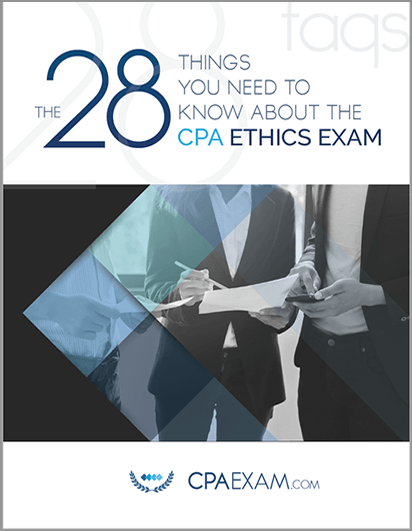1. Choose Your Test Prep Format Carefully
While there are many CPA review courses available in various formats, it is critical to choose the one that fits your needs and learning style. If you learn best by working in a group, a hands-on review class may be the best fit. On the other hand, if you are a visual learner, reading material on your own or participating in an interactive course may be the most effective option. Determining your learning style is the first step, as CPA Review offers a multitude of course types and learning formats for every type and level of learner.
2. Plan for the Time Investment
The most proficient test takers spend about thirty hours a week studying for each section of the exam. This will vary from person to person, but on average, test takers spend about 400 to 500 hours total preparing for the exam. Having a well-thought-out plan of study is crucial and will help prevent you from straying from your ultimate goal. The national average CPA Exam pass rates for each section of the exam during the first and second quarters of 2012 collectively were under 50%. Cramming the material simply won’t work on this exam, as there is too much to learn; therefore, plan accordingly and budget your time wisely.
3. Take Practice Exams
One of the best ways to prepare for the CPA exam is to take computerized practice exams that simulate the different types of questions found on the CPA exam. Familiarizing yourself with how the questions are worded and how to work through both multiple-choice and situational questions will help eliminate the surprise factor of encountering them for the first time on test day.
4. Understand the Format
The exam is presented in four separate sections, broken down into multiple-choice questions and simulations. Each section covers different topics, questions, and answer formats (e.g., multiple choice, written communication). Be mindful that once you complete a testlet, you may not return to it.
5. Know the Tools
The computerized CPA exam format features a word processor and a spreadsheet, but be aware that they are not Microsoft software, which is commonly used in the business community. CPA Review offers practice exams, materials, and courses that function identically to the software you will be using on the actual exam. Knowing how to efficiently maneuver the exam software tools will save you time, frustration, and errors.
Conclusion
The CPA exam is an enormous undertaking that requires much more than simply taking college-level classes. By implementing these strategies, you can increase your chances of success and approach the exam with greater confidence.
